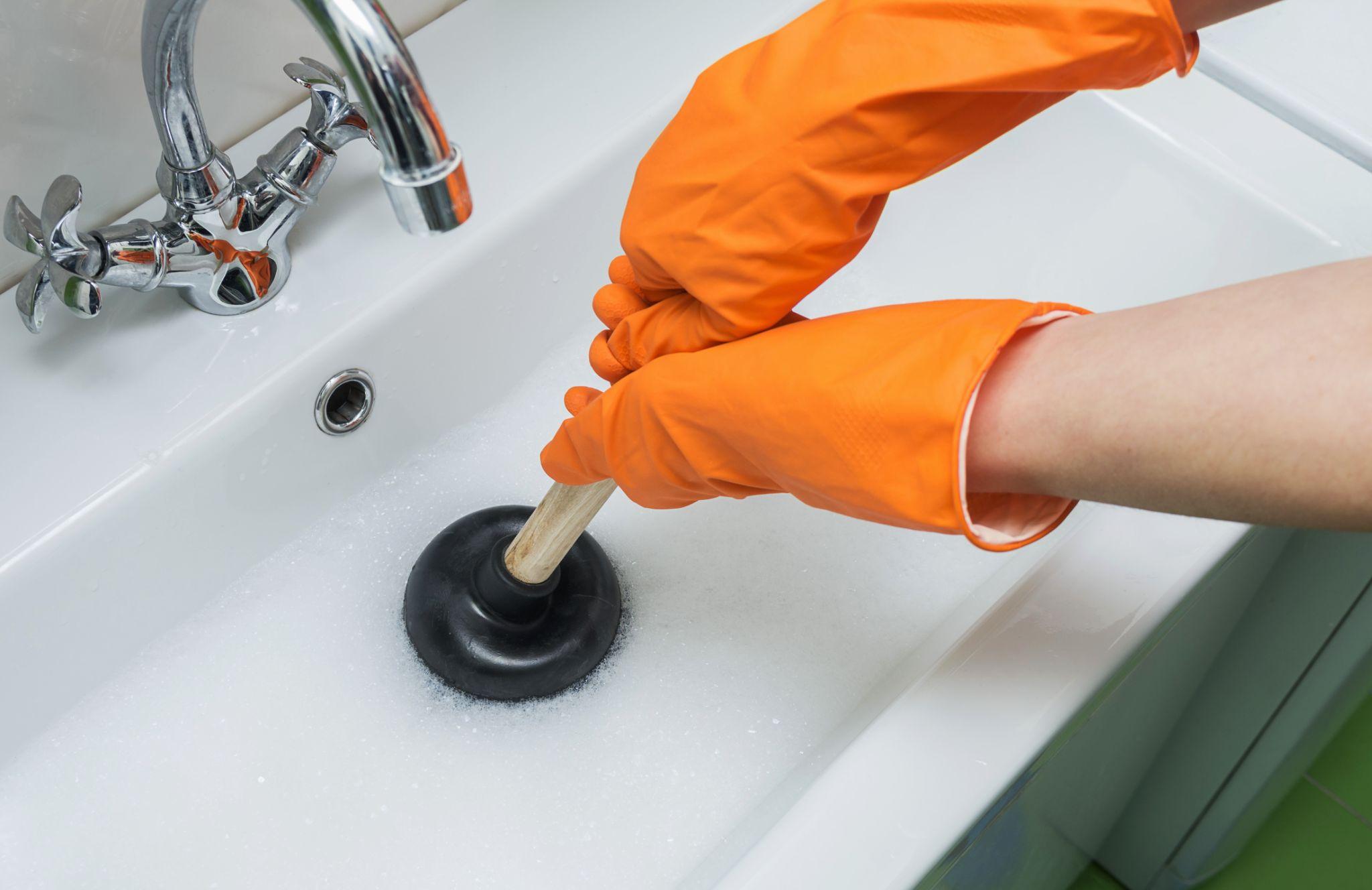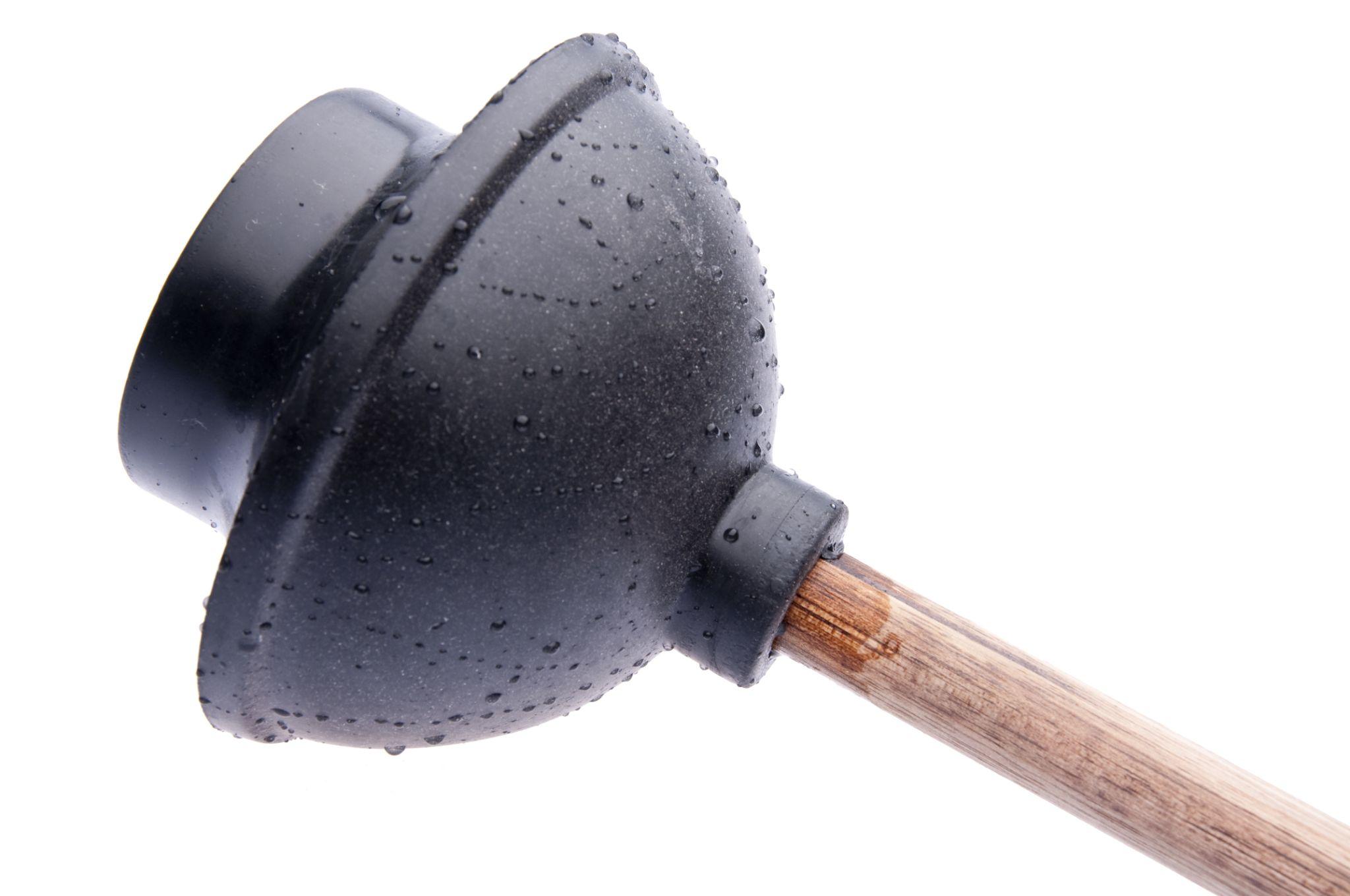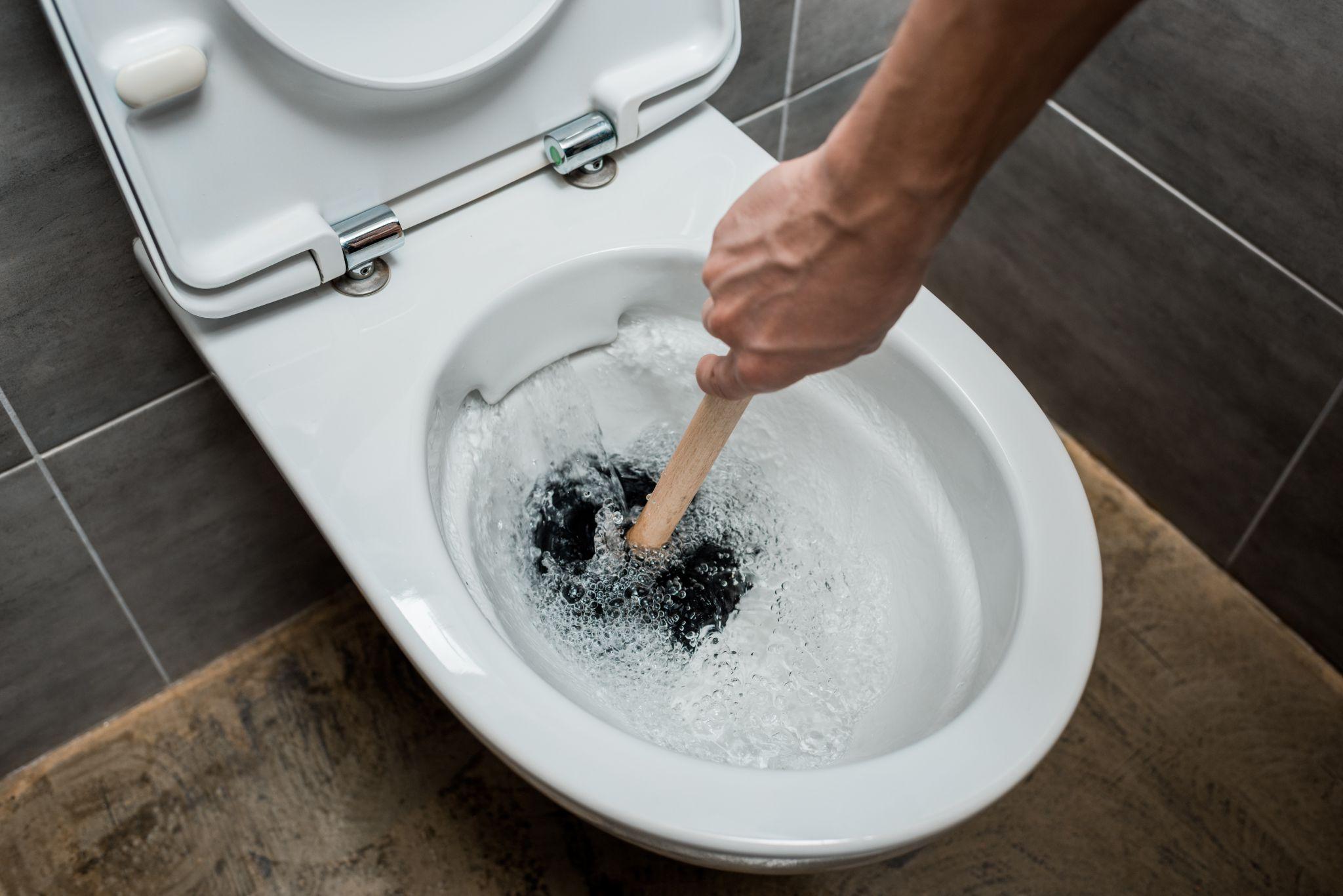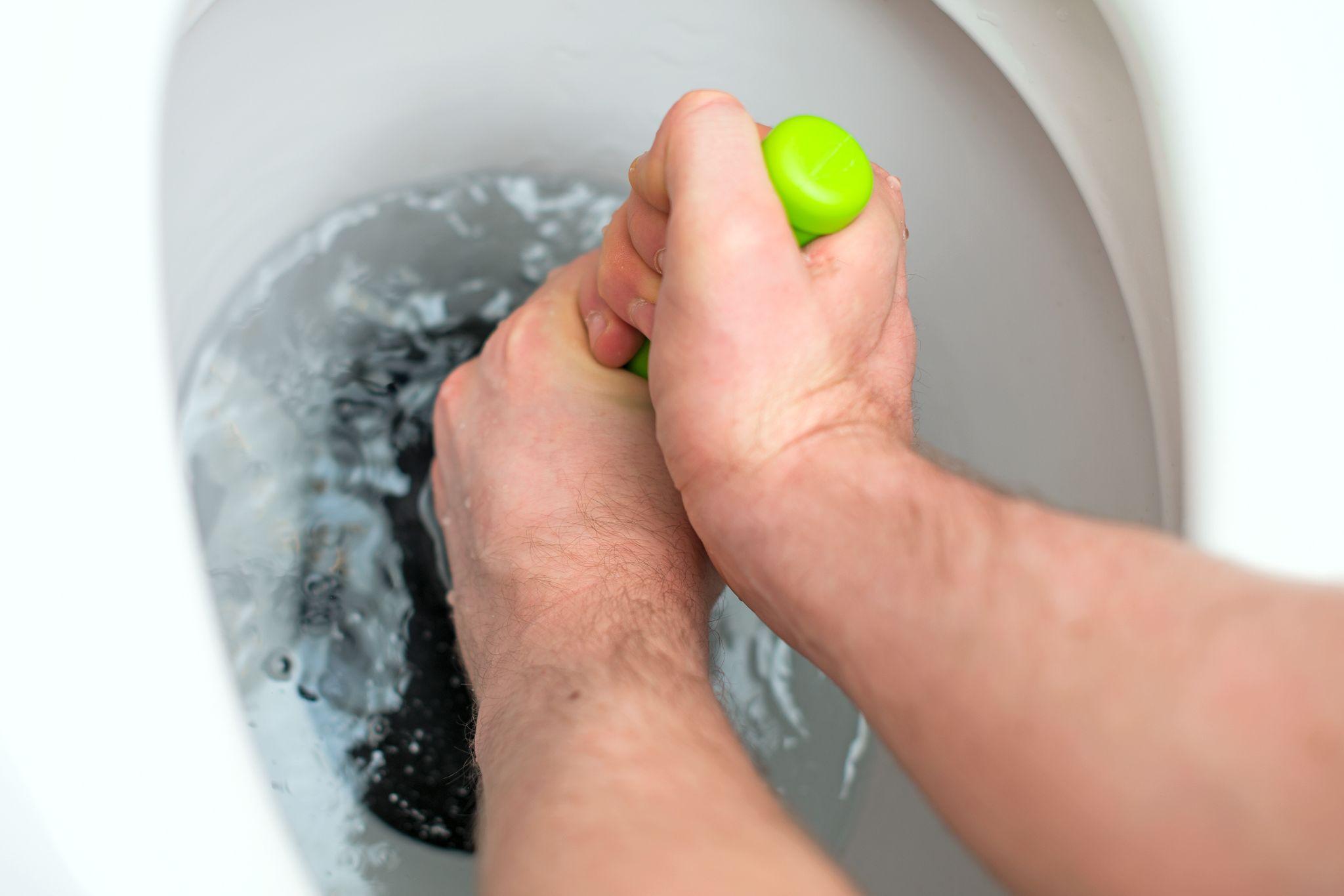Different Types of Plungers and When to Use Them
Plungers are a must-have household tool that everyone needs. Plungers help remove clogs when they occur in sinks, toilets, tubs, and showers. However, there are several different types of plungers for specific applications. Therefore, it is essential to understand what kind of plunger to use and when to ensure you can remove the clog.
Sink Plunger

A sink plunger or cup plunger is your basic plunger with a wooden handle and a rubber cup with a flat bottom. It is most effective when removing sink clogs because it works well on flat surfaces. You can also use a sink plunger on a tub drain or shower drain to clear clogs.
However, it is not as effective in curved sinks or in toilets because it will not be entirely flat against the surface of the sink or toilet, although it is possible to still use it on curved surfaces when you do not have a different type of plumber in your home.
Toilet Plunger

As the name suggests, this type of plumber is designed to unclog toilets. A toilet plunger is also called a flange plunger since it has a rubber cup with a flange in the middle that will fit neatly into the toilet drain opening.
The rubber flap on the cup also makes a toilet plunger a good choice to use in curved sinks since the flange part just needs to fit over the sink drain opening. Additionally, a toilet plunger can be used on flat surfaces as long as the opening is bigger than the drain.
The toilet plumber is one of the most flexible plungers you could have since it can be used on just about any drain.
Accordion Plunger

An accordion plunger has a base that looks similar to an accordion. On the base of the plunger is a smaller cup and opening designed to fit in most toilet drains. As a result, this type of plunger is well-suited for toilet plunging only. However, it can produce a higher pressure than a toilet plunger to remove difficult toilet clogs.
Beehive Plunger
Beehive plungers have a rubber bell-like shape with a base that looks like a beehive. The flange at the bottom of the plumber is tapered more so than on a toilet plumber or an accordion plunger. Due to its unique shape, beehive plungers make it easy to seal just about any type of toilet drain—even ones with larger openings up to six inches wide.
How Does a Plunger Remove a Clog?
Plungers work to help increase the pressure in the drain line to unblock the clog by breaking it up. When you put the plunger over the opening of the drain, you create a seal. This seal prevents additional air from entering the drain line.
As you push down on the plunger, you increase the pressure, and the water is pushed into the drain line creating a vacuum. The pressure decreases when you pull up on the plunger, and the water rises. By pushing down and pulling up on the plunger, the water creates a wave-like momentum that dislodges the clog most of the time.
Tips for Effective Plunging

Now that you know about the different types of plumbers and how they work, here are some great plunging tips to help you remove clogged drain lines.
- Use the correct plunger to fit the drain. You need to create a seal around the drain to create a vacuum to increase the pressure and remove the clog.
- Use even plunging motions. You want to build momentum inside the drain line to break up the clog by moving up and down in even motions.
- Avoid plunging at an angle. You want to move the plunger handle up and down in a straight line. Plunging at an angle makes it harder to maintain the seal around the drain line and remove the clog.
- Clean and disinfect your plunger. After using the plunger to clear a clog, make sure to clean and disinfect it to remove germs.
- Have multiple plungers for specific drains. It is a good idea to have more than one plunger in your home. You should label the handle on each plunger for which drains it can be used on, such as the toilet bowl, kitchen sink, tub, shower, etc.
When to Call a Professional Plumber
It is time to call a professional plumber when:
- You cannot remove the clog using a plunger.
- The clog keeps returning.
- You notice black and icky stuff coming up the drain line when you plunge it.
For these types of plumbing problems, a professional drain cleaning service is often needed to clean the drain lines and remove the clog.
For help removing clogs or to schedule drain cleaning service in New Braunfels, Temple, San Antonio, or the Austin Metro area, please feel free to contact Christianson Air Conditioning & Plumbing at 512-246-5400 today!
Tags: Different Types of Plungers, Sink Plunger, Unclog a Toilet



Sorry, comments for this entry are closed at this time.